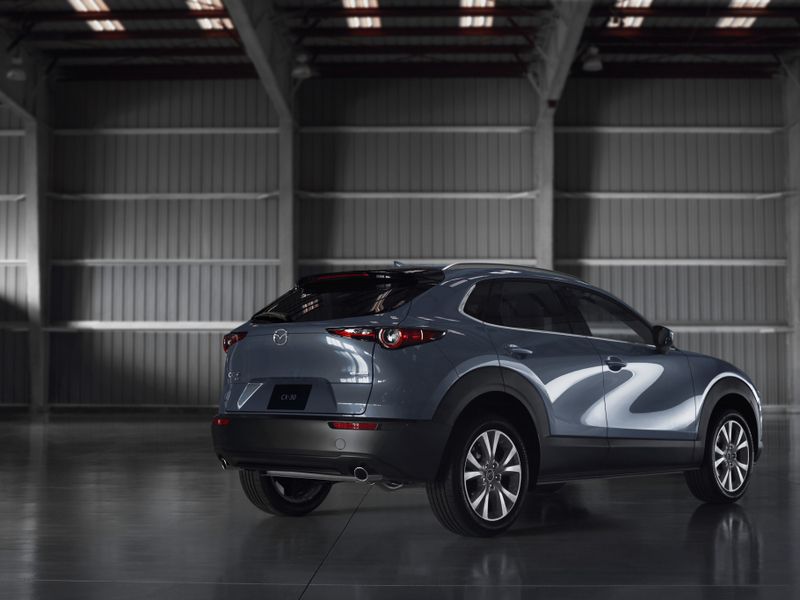
TOKYO — Mazda, which sees utility vehicles as a fast path to profits, is beefing up its crossover lineup, starting with the addition of a newly minted Mazda CX-50 to be made at its plant in Alabama.
That new nameplate, which will arrive in 2022, will be followed by a slew of new products that will be built on the Japanese automaker’s upcoming large-vehicle platform. Some North America offerings will use robust turbo-charged inline six-cylinder engines and plug-in hybrid systems.
The fleet of new nameplates will include the Mazda CX-60, CX-70, CX-80 and CX-90, Mazda Motor Corp. said in a news release on Thursday. All of the vehicles will land between 2022 and 2023.
Mazda is unleashing the crossover blitz as it repositions its lineup toward the hot-selling utility vehicle segment and tries to move upmarket with bigger, more powerful offerings.
“We aim to offer customers a diverse choice of SUVs able to provide both the driving pleasure and the latest environmental performance to meet demands in the continuously growing global SUV segment,” Mazda said in its statement, saying the CX-50 will be a core U.S. model.
Mazda is hoping the addition of the new, locally built model will stoke its upward trajectory in the U.S. market. The automaker’s U.S. sales soared 34 percent to 273,213 vehicles through September, in an overall market up only 13 percent for the year. Light trucks accounted for 80 percent of its sales in the first nine months of 2021, compared with 78 percent the year before.
The CX-50 will be made at the new assembly plant in Huntsville, Ala., that Mazda is jointly operating with partner Toyota Motor Corp., which holds a 5.1 percent stake in Mazda.
Toyota announced on Sept. 30 it had begun producing the Corolla Cross compact crossover at the plant, which has annual capacity to make 300,000 vehicles — half for Toyota, half for Mazda.
The CX-50 will enter production at Mazda Toyota Manufacturing U.S.A. Inc. in January.
The CX-50, which will continue to be sold alongside the long-selling CX-5, is expected to have a wider stance than the CX-5 with a roomier interior and more rugged all-wheel-drive ability.
It will be built on Mazda’s small-vehicle platform, which underpins such offerings as the CX-30.
The other entries announced on Thursday by Mazda will be built on a newly developed large-vehicle platform. Mazda said they will have a wide price range, coming in above the CX-50 and CX-5.
Mazda said the CX-60, CX-70, CX-80 and CX-90 will have two body types with two seating arrangements: two rows and three rows. It was not immediately clear what would happen to Mazda’s other existing crossovers, including the CX-4, CX-8 and CX-9 sold in some global markets.
– The CX-60 will have two rows, aiming at Europe and Japan
– The CX-70 will have two rows and a wide body, targeting North America
– The CX-80 will have three rows, focusing on Europe and Japan
– The CX-90 will have three rows and a wide body, also for North America
The large crossovers will also offer a range of electrification.
The North American market will get turbo-charged, straight-six gasoline engine models and plug-in hybrids. Europe will get plug-in hybrids mated to an inline four-cylinder gasoline engine. There, a new inline six-cylinder Skyactiv-X gasoline and Skyactiv-D diesel engine will also get a 48-volt mild hybrid system. Japan will get a straight-six diesel mild hybrid system and plug-in hybrids.
Mazda just upgraded its Hofu H2 plant in Japan to make vehicles on the new large platform.
Mazda wants EVs to account for a quarter of the Japanese automaker’s global sales by 2030. And by that time, the rest of Mazda’s production portfolio will also employ some other form of drivetrain electrification, from mild hybrid to plug-in hybrid technology.

